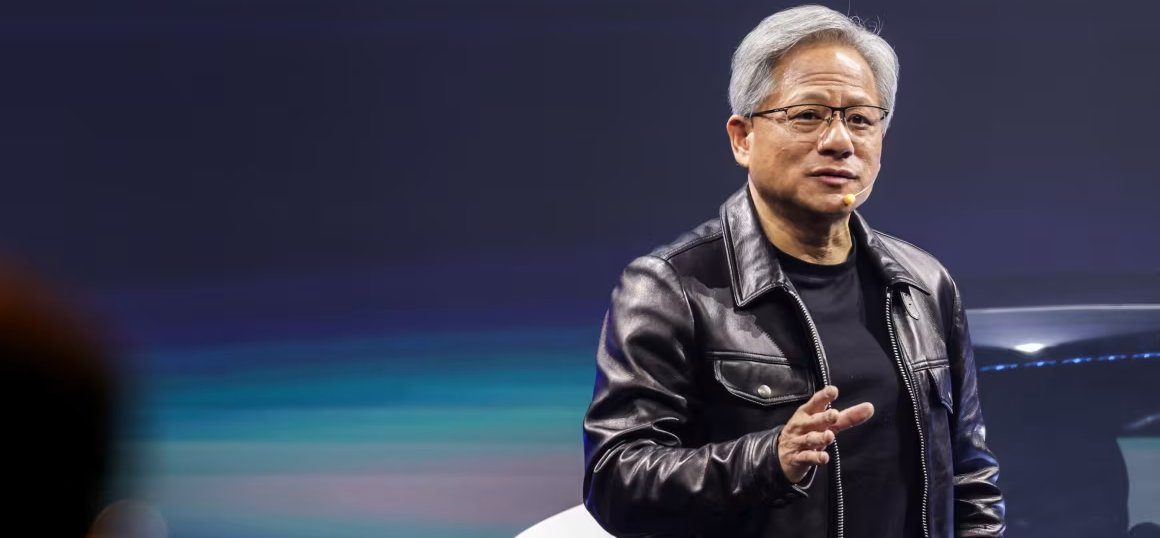Executive Perspective
At NVIDIA’s GTC Conference in Washington, Jensen Huang didn’t announce a single product that changed the world. He described the world that already has.
In his view, computing has entered its third industrial phase: the age of accelerated intelligence, where software, silicon, and science merge into a single global production system.
Governments, enterprises, and research institutions now compete not by data volume or workforce size, but by access to compute.
In this new reality, computing power has become a measure of national autonomy and corporate scale.
1. Accelerated Computing Arrives
Huang framed the end of general-purpose CPUs as a historical turning point.
The future lies in domain-specific architectures — purpose-built systems that handle AI training, simulation, and inference with massive parallelism.
CUDA, NVIDIA’s foundational software layer, is the invisible engine behind this shift. It connects hundreds of millions of GPUs worldwide, forming a distributed infrastructure that continuously compounds in performance and efficiency.
This is not incremental progress; it’s exponential engineering.
2. The Rise of AI Factories
The world’s largest companies are no longer just deploying data centers; they are building AI factories, facilities that manufacture intelligence as an industrial output.
Each data center becomes a node in a planetary network that trains, tests, and refines models at unprecedented scale.
In Huang’s words, these systems are the modern equivalents of power plants — transforming electricity into intelligence.
3. Compute as Sovereignty
For governments, compute has become a measure of strategic autonomy.
The nations with the capacity to build, power, and secure advanced compute infrastructure will set the pace of global innovation and defense.
Energy policy, semiconductor supply, and AI research are no longer separate agendas. They are now the same conversation — the infrastructure of cognition.
4. Science as Strategy
Huang emphasized that the boundary between commercial AI and scientific research has disappeared.
Drug discovery, materials science, and climate modeling are being rebuilt on accelerated computing.
In this new landscape, the ability to simulate before experimenting compresses decades of research into months.
Scientific capability becomes a competitive differentiator , not only for universities, but for entire economies.
5. Strategic Outlook
The keynote’s message was clear:
-
The world is reorganizing around compute capacity.
-
AI factories will define industrial productivity.
-
Energy and chips are the new strategic reserves.
Accelerated computing is not a technology trend; it’s a restructuring of the global economy.
The balance of innovation, security, and sovereignty will now be measured not in GDP, but in gigaflops
Closing Insight
The industrial revolutions of the past were powered by steam, steel, and silicon.
This one runs on compute and the nations that control it will shape the next century of human progress.








